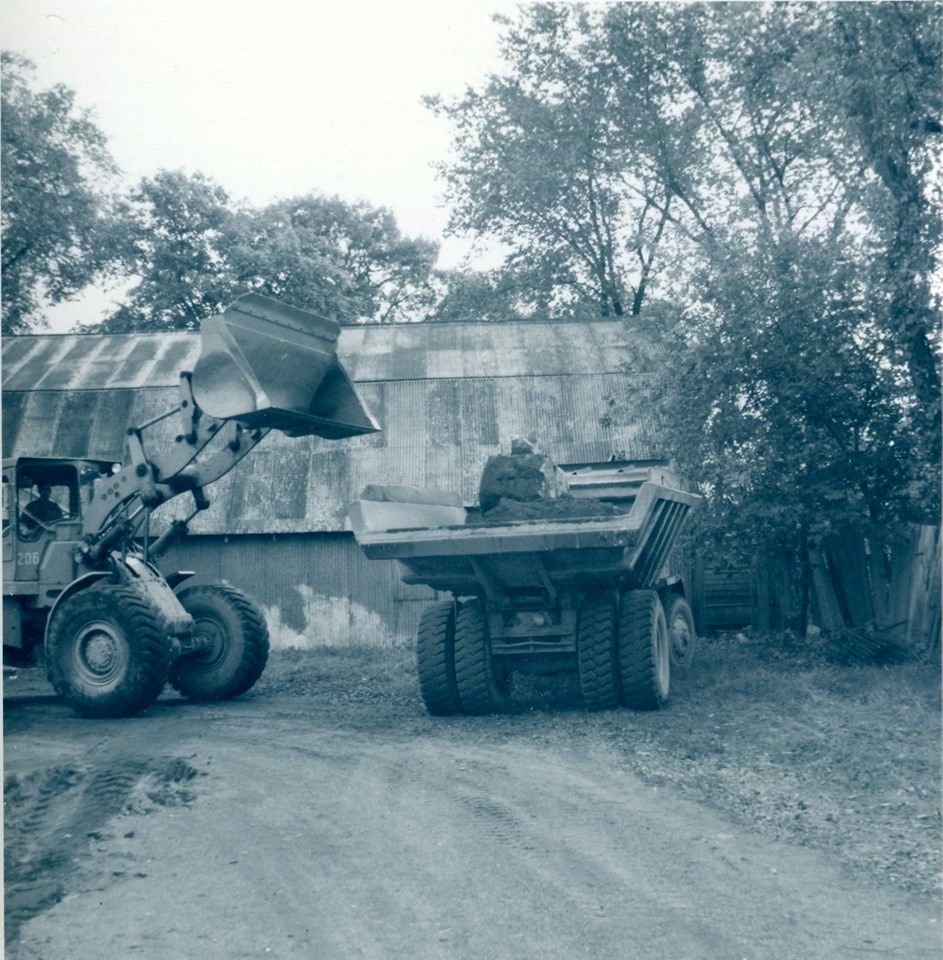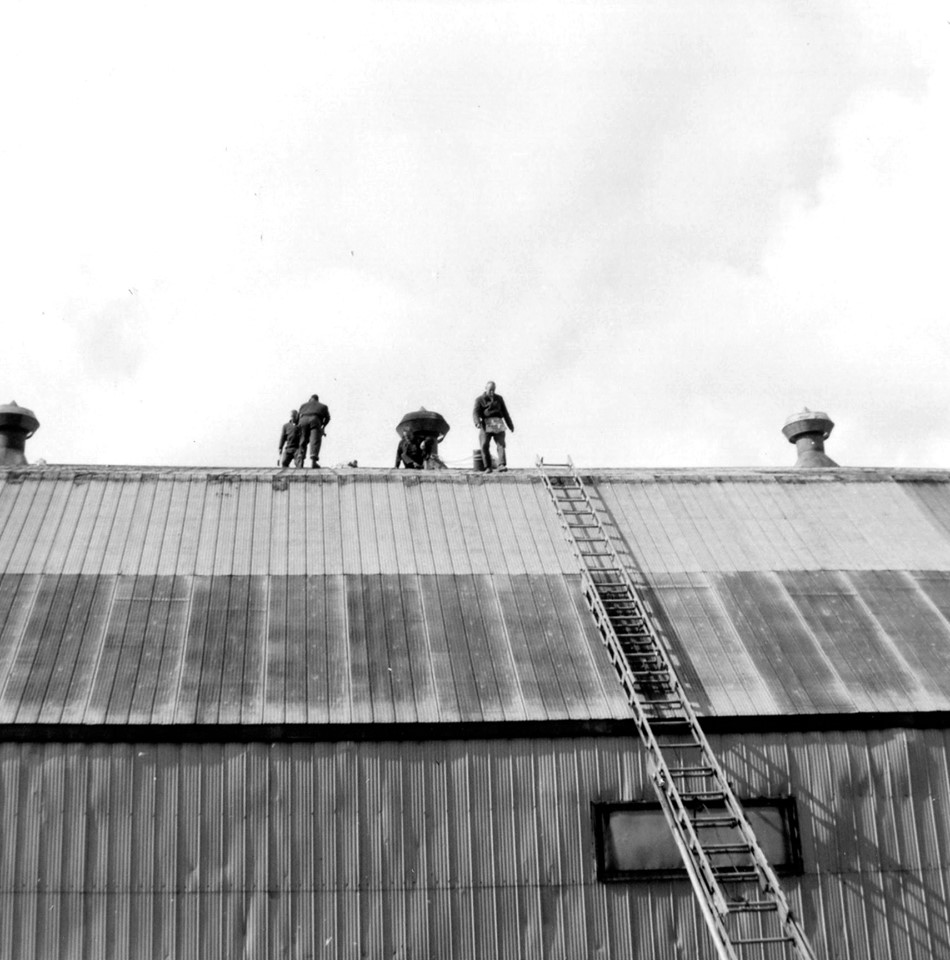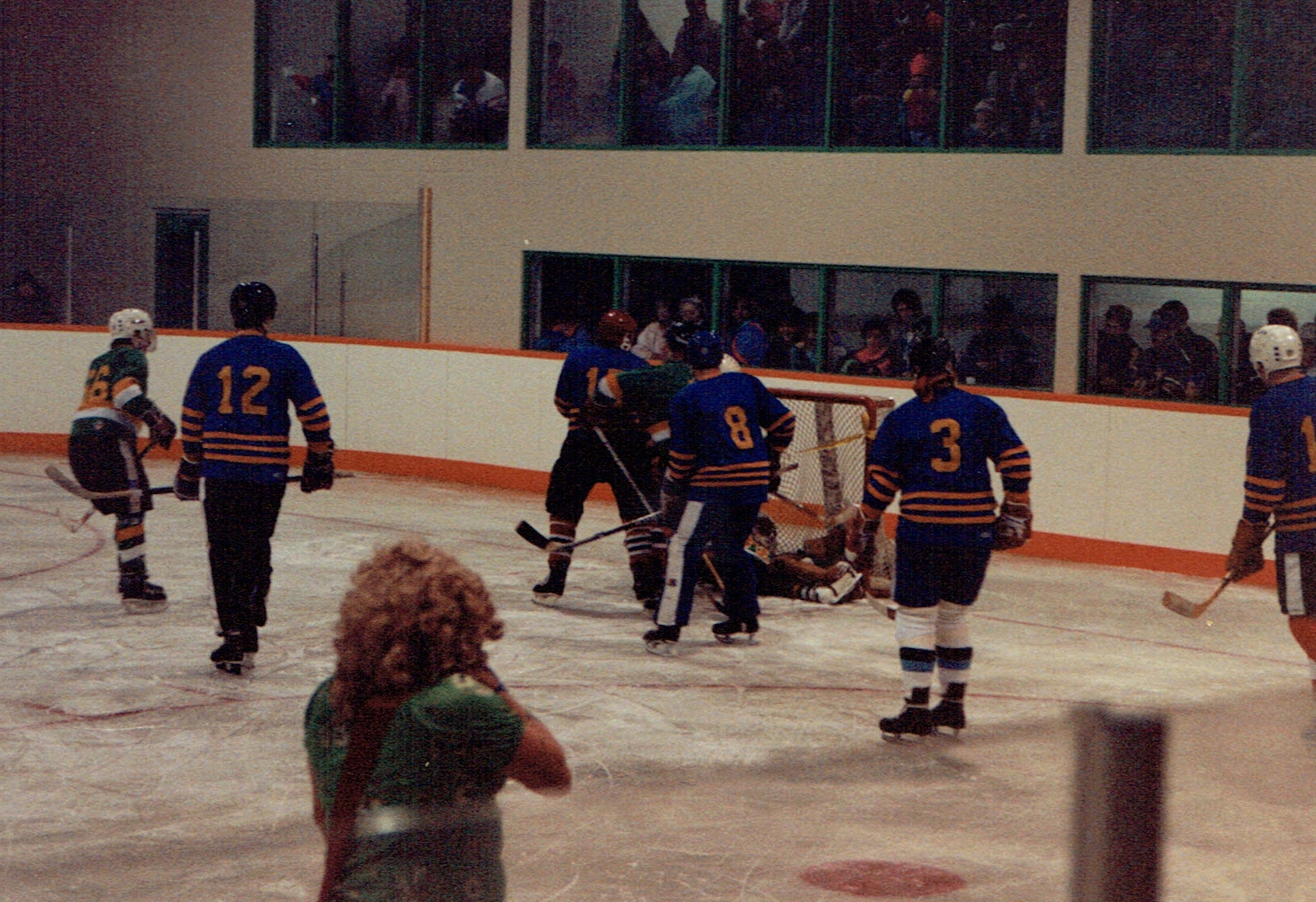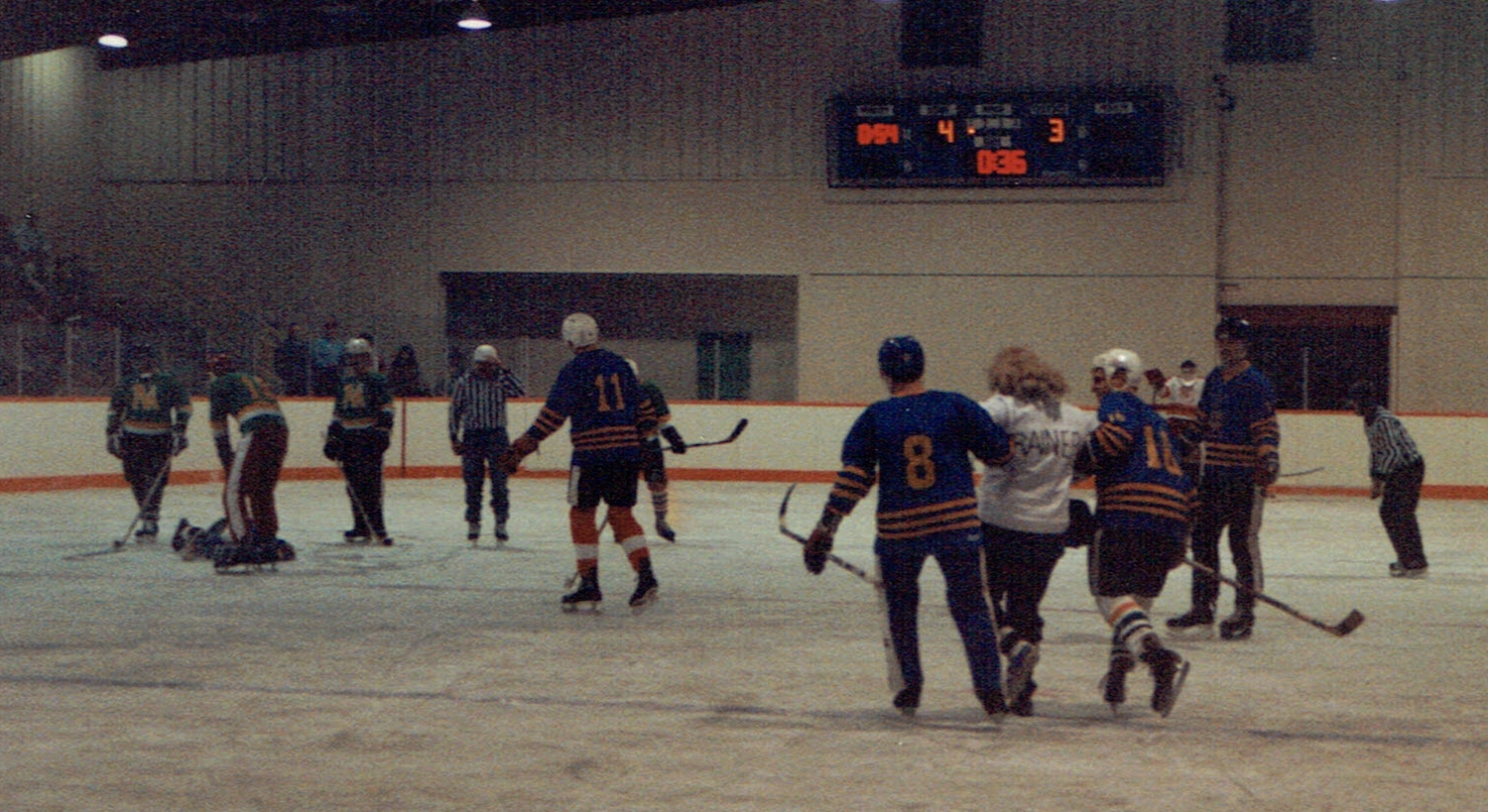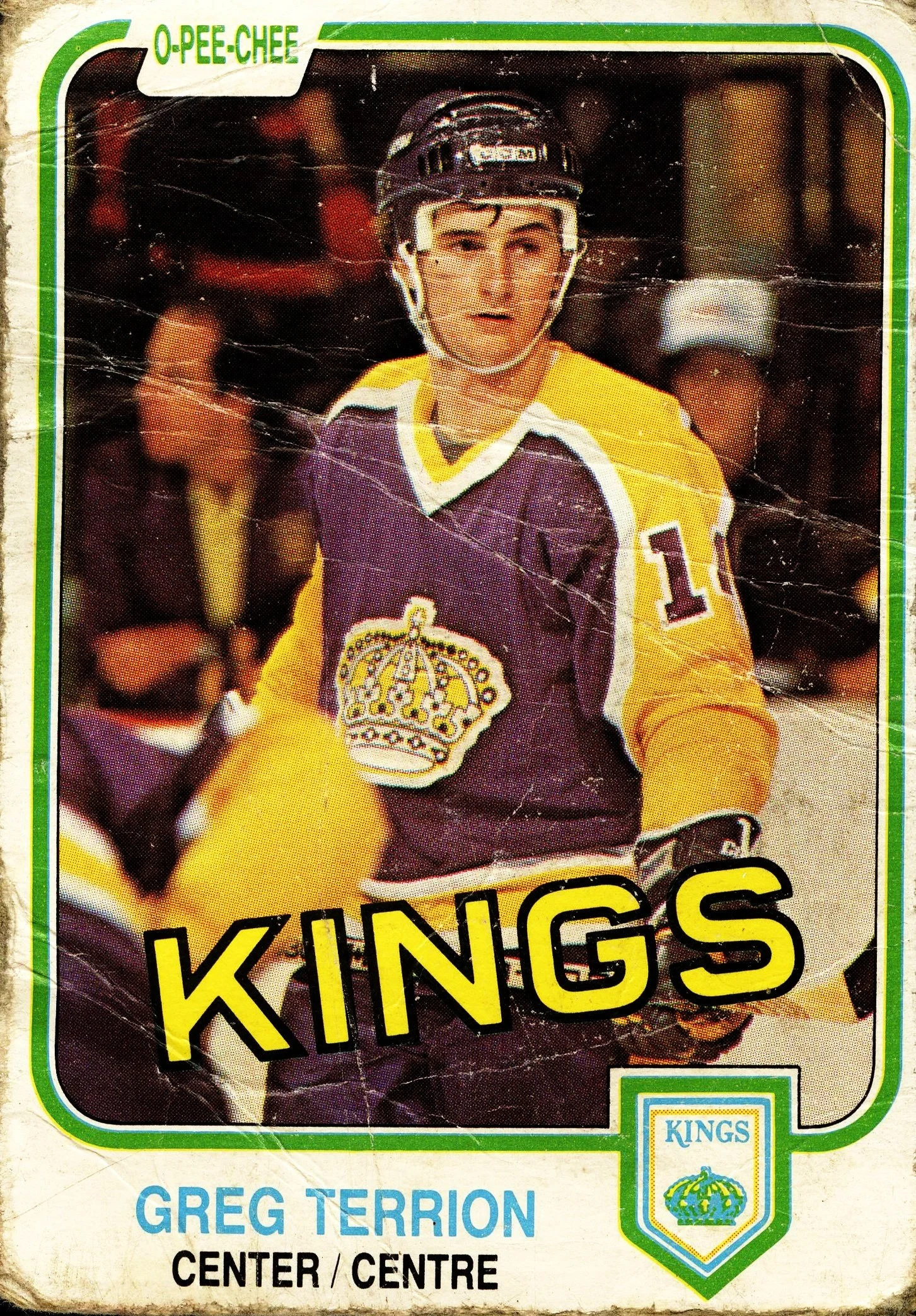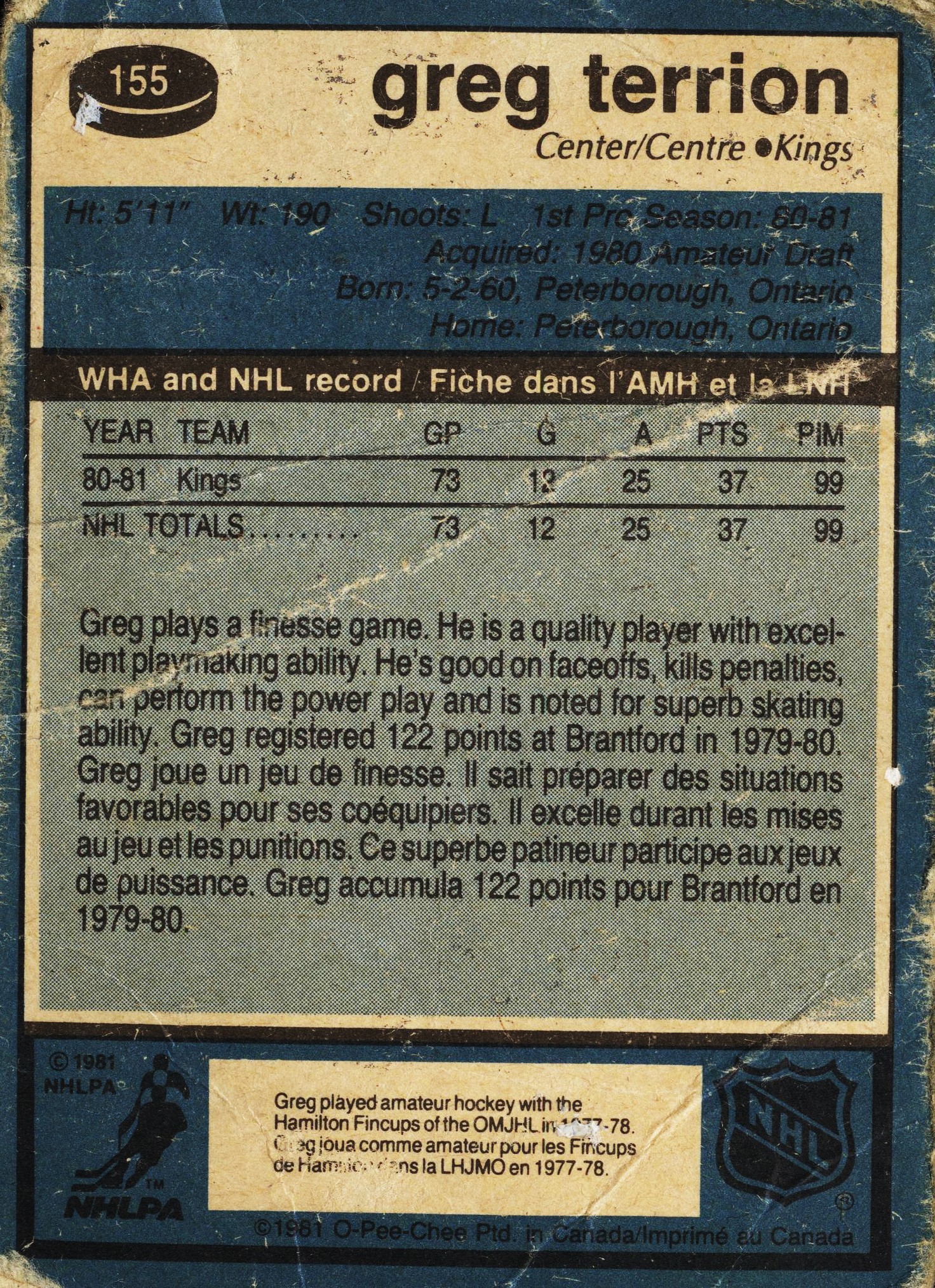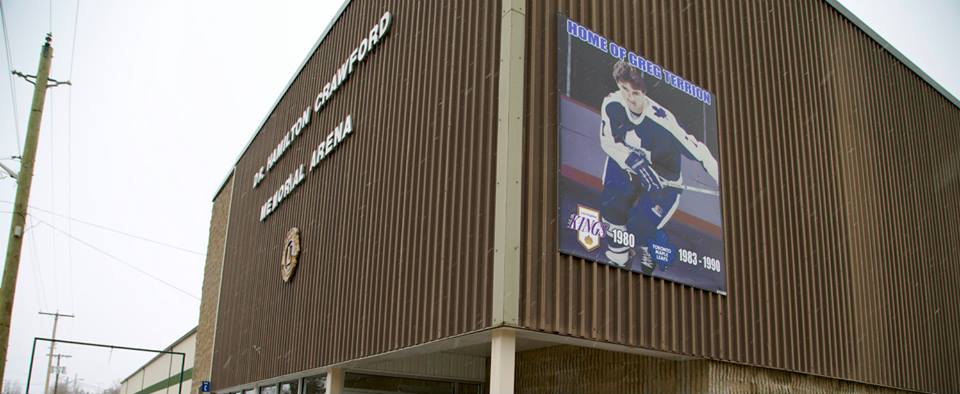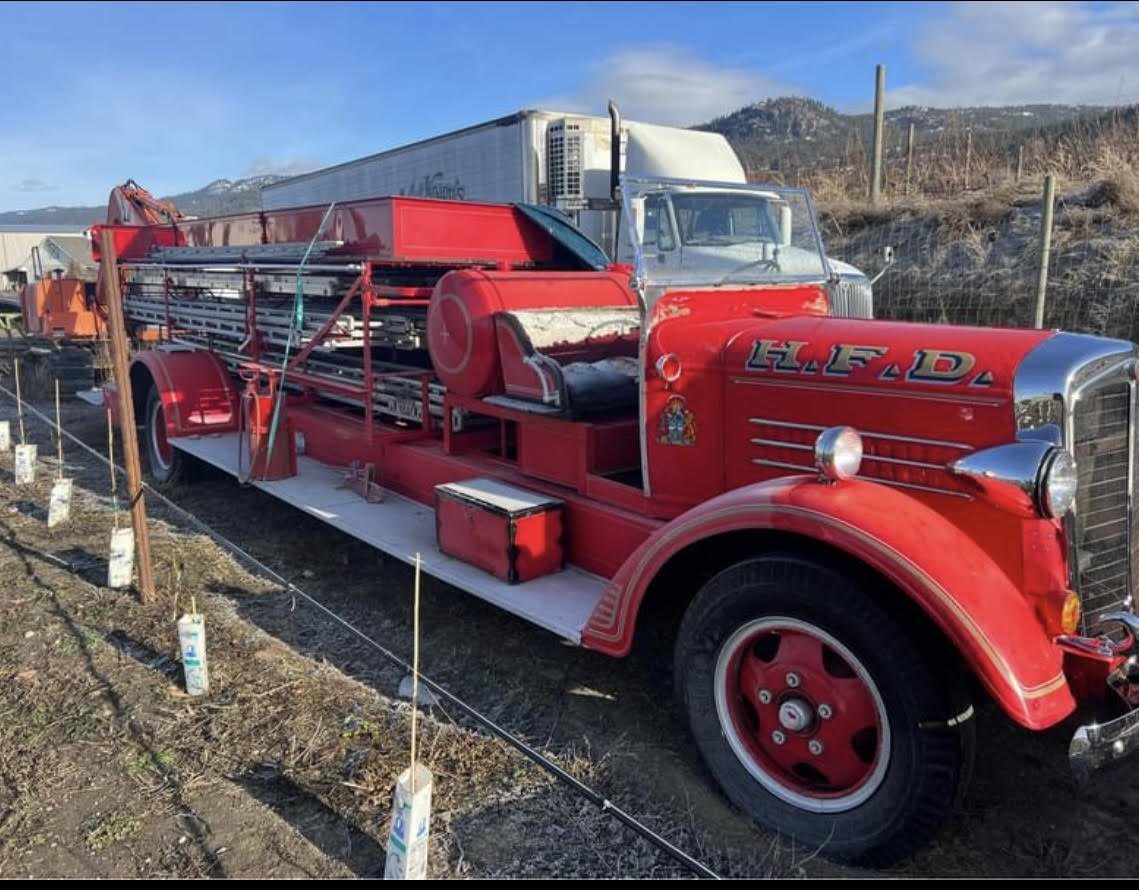THE MARMORA ARENA
It was the 1948 Winter Olympics that saw Canada returned to its dominance, winning its fourth Gold Medal out of the first five Olympic Games. Additionally it marked Canada's twelfth World Championship. World War II had prevented the 1940 & 1944 Games, so excitement was running high. Canada was represented by the Royal Canadian Air Force (RCAF) Flyers. The legendary Frank Boucher was the coach. Aside from civilians Wally Harder and captain George Mara, the team was completely comprised of servicemen. And so it was, in 1948, that the Village of Marmora made the decision to build a hockey rink.
With great fanfare, with dancers, jugglers, magicians, a comedian and a famous pianist, thepoliticians and supporters witnessed the arena'sofficially opening and dedicationto Dr. Hamilton Crawford, the beloved doctor who had served the village for 35 years. The artificial ice machine was installed in 1952.
The Herald, of September 13, 1951 describes the opening of the arena this way:
One of the outstanding events in the history of Marrnora took place on October 15, 1948, when the Doctor Hamilton Crawford arena was officially opened. About 2000 were in attendance and the Reeves of the municipalities in the district, the local members of the Provincial and Federal parliaments, the clergy and others united in praising the fine arena and paying tribute to Doctor Crawford in whose honor it had been named. Deloro Smelting and Refining Co. have given a very generous contribution towards the cost of the arena provided it would be named "The Doctor Hamilton Crawford Arena."
Note: The Deloro Smelting & Refining Co. had originally allotted funds to build a 12-bed hospital in the Reginald Pearce House at Bursthall Street, in honour of Dr. Crawford.. Due health regulations, the cost rose from $8,000.00 to $35,000.00 which was considered too high. The funds were granted to the arena on the condition it be named in honour of Dr. Crawford.)
BUILDING THE FIRST ARENA 1948
Top l - r- Robert maynard (contractor's son, ray black, ed waddle, bill shannon, SECOND ROW: DOUG WHAN, THIRD ROW L-R: aLLAN MAYNARD (CONTRACTOR'S SON), mURRAY MCKINNON, GEORGE MAYNARD (CONTRACTOR'S SON), ALFRED MAYNARD (CONTRACTOR'S SON) FRONT ROW L-R- gEORGE hENRY mAYNARD (CONTRACTOR), MARK MAYNARD (CONTRACTOR'S SON), iRVIN mCCOY (FATHER OF mARJORIE MCFAUL) JIM CRAWFROD (FATHER OF JANET O'NEILL)
Left to right - Alex Fraser, Wm Shannon, Harold Olsen
The Old Arena (by Wayne Vanvolkenburg)
I had little to do with the old “rink” until we moved to our new home on Pearce Street, c.1956. It was hard to ignore the roof-raising noise that emanated from that location during a Trent Valley League game. During the playoffs the volume was cranked up to a higher level still. Some of the players that I remember from that era were: Ray Darrah, Earl & Gus Leonard, Bill Jones, Tom Paranuick, “Baldy” Brown, Bert Gray, Gord Holland, Al Killian and Bob Borland.
Unfortunately for me and my friends, we could not cover the admission charge. To overcome this obstacle, we devised a plan to help us gain entry. One of our gang would enter the arena before the ticket booth was open. He would then go to one of the back doors, unhook it and let us in. We would then enter the area under the seats through the access door and wait for the game to begin. After a quick check, we would emerge from our hiding spot and find a seat to watch the game. This worked for a while until we found a guard in place when we tried to emerge from our hiding spot. We decided to make our way, under the seats, to the other end of the arena and make our exit there. After a somewhat difficult trip through all of the seat bracing, we arrived at the other end, only to find a guard there as well. There was nothing left to do but endure an uncomfortable wait till the middle of the game when the guards were finally removed. Needless to say, we abandoned this method.
Not to be defeated so easily, we devised a new plan. We would simply wait at the door until the players arrived and then offer to carry in some of their equipment. With a bundle of sticks on your shoulder and your head down, it was often possible get inside. The success rate was largely dependent on who was at the ticket booth. Tom Bedore and Leo Auger knew us too well and were not easily fooled!
When we were a little older there was finally a legal avenue open to us. You could become an official “rink rat” and clean the ice between periods and after the game. Tom “Pung” and Leo would sweep next to the boards while we used scrapers to push the snow in rows. A larger scoop was then used to pick up the snow in the rows. Only the most senior person was elevated to the “scoop” position. During my time it was Norm “snee” McFarlane. Tom and Leo then applied a layer of hot water with the hand drawn flooder.
Another fringe benefit from this job was the leftover hot dogs at the food booth. Tom and Leo magically seemed to have enough left over for all of us. Thinking back, their names were synonymous with the old arena. Being painters by trade, they could lay down the lines with speed and accuracy. Their skill was even more evident when they applied the curling circles.
Eventually school work became more important and the “rink rat” ceased to be.
Wayne Vanvolkenburg2014
1948
El Killian, Doug Ruttan, Earl Leonard Old Timers Hockey
For the next 16 years the arena served the community very well, providing facilities for hockey and curling and summertime events such as the annual fair, wrestling and lacrosse. In 1968 it was decided to enlarge the dressing rooms by a small extension and adding a small community hall on the second floor.
In 1970 the Provincial Department of Labour, concerned that a number of arenas in the province had not been designed to withstand present day snow loads, issued instructions to all municipalities operating rinks to have an inspection done to confirm that the structure was of sufficient strength. The Marmora Council had this inspection done and were advised that the structure could be considered safe provided that there was no heavy accumulation of snow. The council, with the assistance of the volunteer firemen, made sure that there was no heavy build-up of snow on the roof and the arena was kept open.
november 29, 1972
At that time there was no doubt that the arena would have little further life unless the structure was modified, repaired or replaced. With this eventuality in mind, the Marmora Arena Reconstruction Committee was appointed by the Village Council in 1972. The committee found that the immediate and most urgent requirement was the replacement of the ice making plant which had worn and deteriorated beyond economical repair. The plant was replaced in time for the 1972-73 season.
The Village Council continued to have inspections of the arena structure, and in conjunction with the councils of Marmora & Lake and Deloro, commissioned a needs cost study by a firm of engineering consultants. Matters reached a crisis on 30th October 1974 when the Ministry of Labour ordered the arena closed, being structurally inadequate.
Needless to say it was a great disappointment to the hockey players, hockey fans and curlers of the municipalities.The three local councils agreed that a very early decision would have to be made to restore or replace the arena. A committee of councils was formed to study the various alternatives and bring a proposal to the councils. It was the recommendation of the joint committee, accepted by the councils, that a new arena even with the one grant available at that time, would leave the municipalities with an unacceptable, if not impossible, debt, but that a reinforcement could be carried out with no residual debt.
Joe Maloney
As a result, in 1975 the structure was reinforced to present day standards and at the same time the arena was completely clad with painted steel, a new floor was put down and a new lighting system installed. The following spring the Lions club decided that if the old dingy dressing rooms and the small community hall were replaced with modern dressing rooms, and a larger more functional community hall, Marmora once again would have a first class arena.
A building committee was appointed, the engineering firm of Morden & Guthrie of Belleville engaged and the planning and development of the project were soon underway. Further justification of the project was realized, when an engineering inspection of the old dressing rooms and community hall revealed that they were actually seriously unsafe. This entire structure wasthe property of the Village, and only the furnishings and equipment of the community hall were owned by the Lions Club. The Lions Club, by agreement with the Village Council, wouldact as manager and caretaker of the community hall. (Lions Report, 1977)
1988 - Arena Condemned Grand opening of New Arena Feb. 1991
March 1991
Rebecca Fudge & son, New arena March 9, 1991
THE GRAND OPENING - Feb. 17, 1991
THE FIRST HOCKEY GAME - COUNCILLORS VS THE O.P.P.
NHL #7 & #14 GREG TERRION
Born and trained in Marmora, and even owned a gas station in Marmora at the intesection of #7 & #14 Highways!
"Terrion's trivia question claim to fame? He shares the NHL record for most penalty shot goals in one season - two, in the 1983-84 season. Both goals came in home games against Chicago. The first goal beat Tony Esposito on Oct. 15, 1983. The second goal beat Murray Bannerman on Jan. 14, 1984." (http://mapleleafslegends.blogspot.ca)
THE MARMORA FIGURE SKATING CLUB
With the opening of the new arena in 1991 came the establishment of a formal figure skating club that was affiliated with the Canadian Figure Skating Association, offering standardized programs and testing. Nancy Cunneyworth had been coaching in the old arena since Oct. 1988, and continued in the new arena until 2014.
Kathy Stickwood joined figure skating coach Melanie Barker in 2010, bringing with her more than 30 years of on-ice experience. But she was no stranger to Marmora ice, having coached there between 1994 and 2002,
1997, the Marmora Figure Skating Club was proud to see one of its students, Stephanie Partridge, rank second in the Junior Ladies Division at the CFSA competitions. Stephanie went on to make a career out of skating, obtaining a Master's Degree in Human Kinetics.
Stefanie Partridge, a 1997 Canadian Silver Medalist with brother Jason, Mother Cathy, Coach Nancy Cunnyworth and father Cliff.
STEPHANIE PATRIDGE
Skating Career Highlights: Junior Canadian Silver Medallist, 1997
Bronze Medalist, Triglov Trophy, Jesenice, Slovenia, 1997
Pokal der Blauen Schwerter Chemnitz, GER, 1997
International Junior Competition, Beijing, China, 1998
Junior National Team Member 1997-1999
Provincial Senior Competitor 1999-2000
Professional Highlights:
Skate Canada National Coaching Conference Presenter, Off-ice Training (2013)
Eastern Ontario Youth Camp, Fitness Assessment Leader (2013)
Skills Canada National Team, Sport Psychology Workshop Presenter, (2009)
Eastern Ontario Youth Camp, Off-ice Jump Technique Instructor (2007; 2008)
Trained Provincial and National Level skaters
Coach Melanie Barker looking on, Kennedy Croskery gave young learner Gary Baskin a helping hand
2013 -THE ARENA'S SIXTY-FIFTH ANNIVERSARY
Dr. Hamilton Crawford Memorial Arena 65th Anniversary Celebration took place at the arena in Marmora.Opening ceremonies included introduction and recognition of former players and skaters and the 1948-49 Midget All Ontario finalists.
Connie Nobes, Mark Hanley, Greg T and Rick Nobes
Connie Nobes was invited to sing the National Anthem prior to the evening hockey game.
Richard Meehan, Carl Johnston, Earl Leonard, Gus Leonard (some of the members of the Trent Valley Hockey Team. Also present from the former team were Tom Paranuik, Bucky Mantle, El Killian (Goalie) and ? Trumble.

